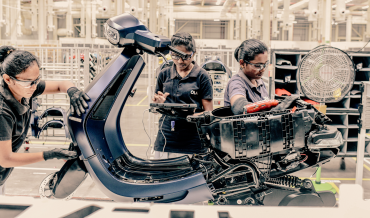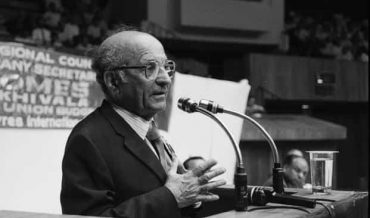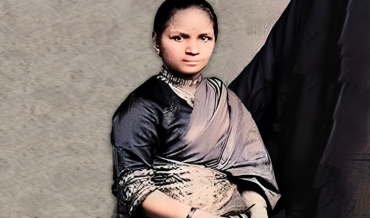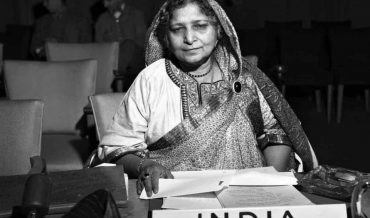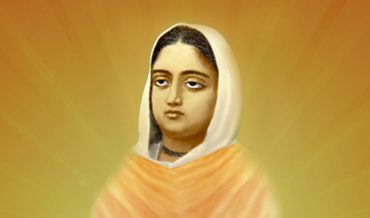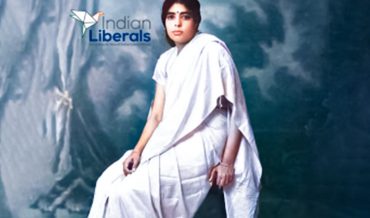All Contents
Contents
Further acceleration in economic growth and reduction of poverty will need greater investment and employment growth along with enhancement of productivity.
Editorial Team
- October 13, 2022
I am using the word "education" in its profound sense. Animals can be trained; only human beings can be educated.
Editorial Team
- October 5, 2022
Anandibai went from being married at the age of nine by her orthodox family to becoming India's first female doctor of Western medicine.
Editorial Team
- September 23, 2022
Written in the late 1950s, Democracy in India is Atulananda Chakrabarti’s attempt at redefining democracy. It covers two articles, “Role of Universities” and “Democracy for New India- Give Us the Definition.” In the former, he talks about universities as the central figures in shaping people’s ideas and thoughts. He says
Editorial Team
- September 22, 2022
Ali was the president of the All India Women's Conference and a founding member of the United Nations Commission on the Status of Women.
Editorial Team
- September 19, 2022
Das remains cemented in Bengali history through her liberal outlook, individualism, and reformist efforts.
Editorial Team
- September 13, 2022
Authored by NK Ganapaiah, Real Land Reforms talks about the need to produce new wealth for India’s prosperity by expanding agriculture. He proposes the modernization of agriculture, animal husbandry, horticulture, fisheries, forestry, piggery, and poultry to solve national poverty and unemployment. He highlights land burden, fragmentation of holdings, unsound policies
Editorial Team
- September 12, 2022
Janaki Ammal was India's first woman botanist. Awarded Padma Shri for her contributions in 1977, Dr Ammal showed unmatched scientific rigour.
Editorial Team
- September 9, 2022
In End to Appeasement, MR Masani expresses his displeasure at Nehru’s foreign policies on the issue surrounding Chinese aggression. He questions if India truly follows its non-alignment policy. He vociferates through the essay his disapproval for Nehru’s tactics of avoiding conflicts, suppressing facts from the Parliament, and failing to raise
Editorial Team
- September 2, 2022
In this essay, MR Masani evaluates the merit of Swatantra Party’s ideas and discusses the Party’s agenda in the February 1976 elections, listing qualifications for being a stronger candidate than Congress. Drawing inspiration from the Bible, Lincoln, and Gandhi, the Swatantra Party believed in limited government and trusting the conscience
Editorial Team
- September 2, 2022
Supported by the Friedrich Naumann Foundation for Freedom.
© 2020 All Rights Reserved.

